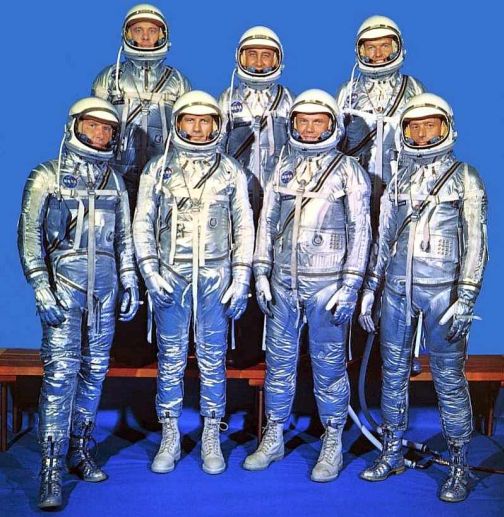In 2016, the movie Hidden Figures came out, detailing the incredible contributions made by Katherine Johnson that made the Apollo Missions to the moon possible. Without her doing the math by hand, we would have never achieved the incredible feat that we did. Unfortunately, most still do not know her name. Her name is Katherine Johnson.
As the United States was facing World War II, the push for aeronautical advancement led to a increasing demand for mathematicians, people who could crunch the numbers and allow engineers to focus on the other aspects of their tasks. In other words, there was a growing need for “Human Computers” to carry out the complex mathematics before digital computers were available to handle that burden. Women were the obvious solution for these highly computational roles. Katherine Johnson was one of the “West Computers,” designated these name after the building to which they resided.
Katherine was gifted with numbers from an early age: she started attending high school at 10 years old, and graduated with honors from West Virginia State College with bachelor’s degrees in mathematics and French. In 1953 she began her work at the National Advisory Committee for Aeronautics West Area Computing unit where she analyzed test data and provided mathematical computation that was vital to the success of the U.S. space program at the time.
Her contributions stem far beyond her work on the Apollo Mission as she became the first woman in her devision to received credit as an author of a research report; as a member of the Space Task Group she coauthored a paper on how to place spacecraft in orbit in 1960. She went on to author/coauthor 26 research reports throughout her career.
She played a crucial role in NASA’s Mercury program from 1961-1963 which was for the development of crewed spaceflights. In 1961, she calculated the path for Freedom 7, the spacecraft that put the first U.S. astronaut into space (Alan B. Shepard Jr.). In 1962, at the request of the astronaut John Glenn, Katherine verified by hand that the electronic computer had planned his flight correctly. Glenn went on to make history about the Friendship 7, as he became the first U.S. astronaut to orbit the Earth. Most notably, she was a part of the team that calculated where and when to launch the rocket for the Apollo 11 mission, which sent the first three men to the moon.
Clearly, without Katherine Johnson, we would not have the NASA we know today. Perhaps even the Space Race and Cold War would have ended up differently if not for her incredible accomplishments and contributions to NASA’s space program. Given how impactful her efforts are on our everyday lives, we should all know the name Katherine Johnson.


Katherine Johnson is such an inspiring historical figure in STEM, she managed to succeed through the barriers of sexism and racism which was so prevalent at the time. I really love the movie Hidden Figures and am really glad that it put her in the spotlight to many people. At the same time, it is sad that without the movie so many people probably wouldn’t know who she is. There should be more media like this blog to shine the light on historical minority contributions to science!